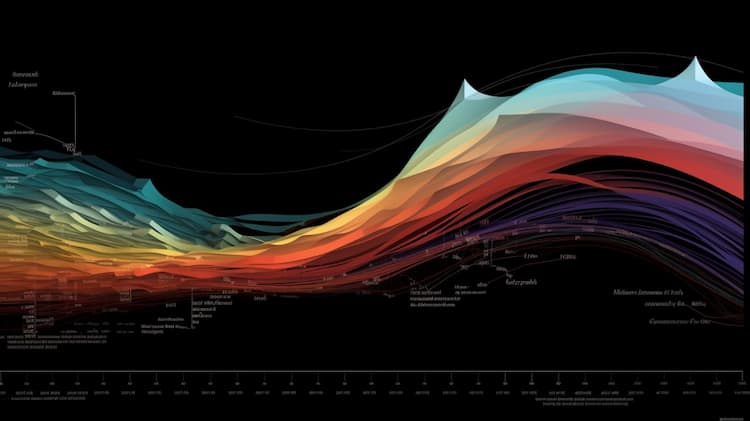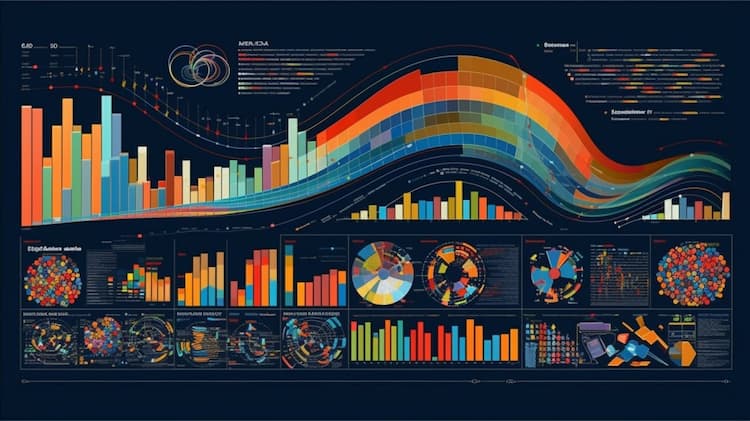
What are the best Agriculture ETFs?
In the world of agriculture investing, Exchange-Traded Funds (ETFs) provide a convenient way for investors to gain exposure to the agricultural sector. This article explores some of the best Agriculture ETFs available, offering a diversified approach to investing in commodities, farmland, and related industries. Discover the top options that can potentially capitalize on the growing global demand for food and agricultural products.
Understanding Agriculture ETFs
Agriculture ETFs offer investors exposure to the agricultural sector, allowing them to invest in companies involved in farming, crop production, livestock, and other related activities. These ETFs provide a convenient way for investors to gain exposure to the performance of the agriculture industry without directly investing in individual agricultural companies. By investing in agriculture ETFs, investors can potentially benefit from the growth and performance of the sector as a whole.
One real ETF in the agriculture space is the Invesco DB Agriculture Fund (DBA). DBA seeks to track the performance of the DBIQ Diversified Agriculture Index Excess Return, which consists of futures contracts on some of the most widely traded agricultural commodities such as corn, wheat, soybeans, and sugar. DBA provides investors with broad exposure to the agriculture sector and can serve as a benchmark for comparing other similar agriculture ETFs.
 MOO overlap What are the best Agriculture ETFs?
MOO overlap What are the best Agriculture ETFs?
Comparing Agriculture ETFs
When evaluating agriculture ETFs, it is important to consider various factors such as expense ratios, fund performance, holdings, and investment strategies. Here, we will compare DBA with another popular agriculture ETF, the VanEck Vectors Agribusiness ETF (MOO).
DBA primarily invests in futures contracts, offering investors exposure to the price movements of agricultural commodities. On the other hand, MOO focuses on companies engaged in agribusiness, including agricultural chemicals, equipment, and machinery manufacturers. While DBA provides direct exposure to the underlying commodities, MOO offers exposure to the companies involved in the agriculture industry.
In terms of expense ratios, DBA has an expense ratio of 0.89% compared to MOO's expense ratio of 0.54%. When it comes to performance, investors should consider historical returns and volatility. It is essential to review the ETFs' performance over different time periods and compare them to relevant benchmarks or indices to assess their relative performance.
Additionally, investors should analyze the holdings of each ETF to determine if they align with their investment goals and risk tolerance. DBA holds futures contracts, while MOO holds a diversified portfolio of agribusiness companies.
The Benefits of Investing in Agriculture ETFs
Investing in agriculture ETFs offers several advantages. Firstly, agriculture ETFs provide diversification by spreading investments across various companies or commodities within the sector. This diversification helps mitigate the risks associated with investing in individual agricultural companies.
Secondly, agriculture ETFs offer liquidity, allowing investors to buy and sell shares on an exchange. This liquidity provides flexibility, enabling investors to enter or exit positions easily.
Thirdly, agriculture ETFs can provide exposure to global agricultural markets. This global exposure allows investors to benefit from the growth and performance of agriculture sectors across different countries and regions.
Lastly, agriculture ETFs offer transparency in terms of holdings and expenses. Investors can easily access information about the underlying assets held by the ETF and monitor the fund's performance.
Conclusion
In conclusion, investing in agriculture ETFs can be a suitable option for those seeking exposure to the agriculture sector. DBA and MOO are two notable agriculture ETFs that offer distinct investment strategies and exposure to the agriculture industry. Investors should carefully evaluate the different factors discussed, such as expense ratios, performance, holdings, and investment strategies, to determine which ETF aligns with their investment objectives. It is essential to conduct thorough research and consult with a financial advisor before making any investment decisions.
Disclaimer: This article is for informational purposes only and does not constitute financial advice. The author is not providing any investment advisory services. Investors should conduct their own research and consult with a financial advisor before making investment decisions.
Get startedFAQ
What are Agriculture ETFs?
Agriculture ETFs are exchange-traded funds that focus on companies involved in the agriculture industry. These ETFs typically include agricultural commodity producers, equipment manufacturers, food processors, and other related companies.
What factors should I consider when evaluating Agriculture ETFs?
When evaluating Agriculture ETFs, it's important to consider factors such as the ETF's expense ratio, tracking error, liquidity, underlying index or strategy, diversification, and the ETF issuer's reputation and track record.
Can you recommend some popular Agriculture ETFs?
Sure! Some popular Agriculture ETFs include the Invesco DB Agriculture Fund (DBA), the VanEck Vectors Agribusiness ETF (MOO), the iShares MSCI Global Agriculture Producers ETF (VEGI), and the PowerShares DB Agriculture Double Long ETN (DAG).
What is the investment thesis behind Agriculture ETFs?
The investment thesis behind Agriculture ETFs is based on the belief that the demand for agricultural products will continue to grow due to global population growth, changing dietary habits, and increasing biofuel production, which could potentially benefit companies involved in the agriculture sector.
What are the risks associated with investing in Agriculture ETFs?
Risks associated with investing in Agriculture ETFs include commodity price volatility, weather-related risks, geopolitical factors, regulatory changes, currency risks for international holdings, and general market fluctuations that can affect the performance of agriculture-related companies.
































